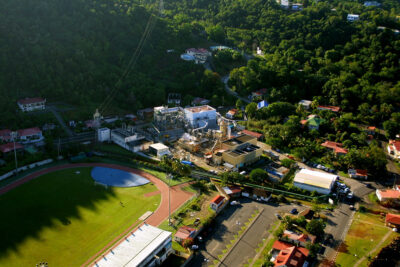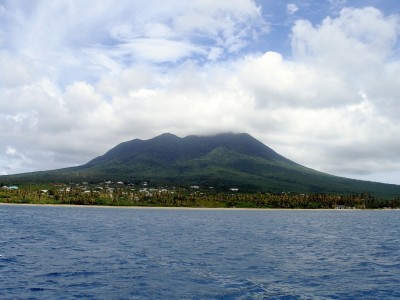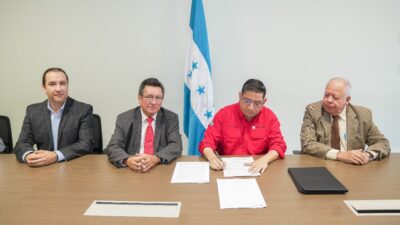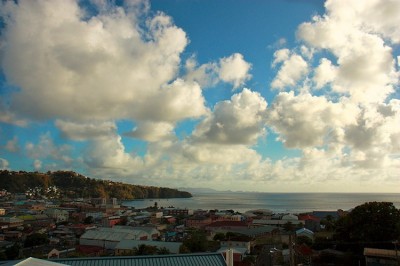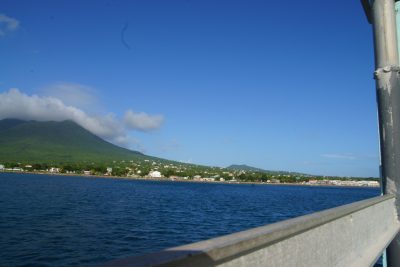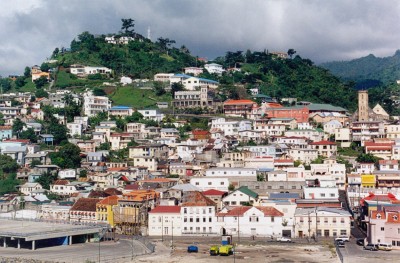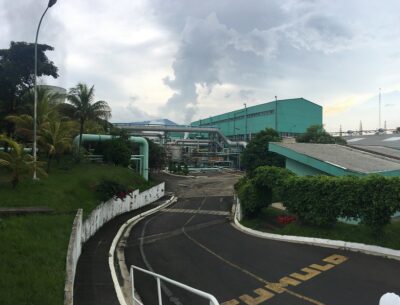The trend towards smaller more local renewable energy development
In a recent interview, Michael Liebreich of Bloomberg New Energy Finance highlights an increasing trend towards smaller and more localized renewable energy development.
In a recent interview and article in German Süddeutsche Zeitung, Michael Liebreich of Bloomberg New Energy Finance, gave his view on the currently “difficult new world of renewable energy”.
He argues that renewable energy technologies currently face very difficult conditions with low gas prices clearly having an impact on renewable energy investments. At the same time he sees this only as a temporary set back. Investors need clear political directions, quality and last but not least an industry that starts becoming independent from government incentives and support.
Overall investment in renewable energy clearly went down this year, with an expected total of ca $250 billion (down from $280 billion in 2011).
The reasons can be found mainly in the low natural gas prices in the United States – due to the new fracking technology, that opened access to enormous natural gas resources, but also the financial crisis in Europe.
With the gas prices now seeing slight increases the picture and debate about natural gas is expected to change slightly, important time has been lost for a sustainable (and renewable) energy supply.
It is – so Michael Liebreich – unclear where things are going, but he sees the largest potential in smaller projects that can be implemented quicker and more efficient. This trend can be seen everywhere in business today, as decisions can be made locally by people that understand the local conditions. This also makes it easier for investors as they can trust local decision makers and dont´depend on the larger scale picture on a national level or even beyond that.
While clearly examples like solar panels and wind mills are mentioned as examples for quickly implementable and build able solutions , this can also be applied to geothermal projects. While generally more complicated in nature, geothermal projects on a local level can make economic sense, provide a local energy source and make municipalities, regions or in many cases islands independent from price fluctuations and increases from fossil fuels.
In the article, Michael Liebreich also mentions his scepticism on the “large scale” super projects, and mentions the Desertec project, that has been planned to transmit and provide solar power from Northern Africa into the European energy markets.
While geothermal projects clearly are not in the position to be as large scale, some development in Africa and elsewhere has tendencies towards that. So the geothermal industry and developers need to be cautious.
This has also been discussed at several conferences in the past few months. There seems to be consensus that the industry should focus on building smaller scale plants and only build them bigger when the resources prove to be sustainable for larger plants. At the same time there could be a need looking at a more local approach to look at where geothermal development could make sense, even without much government support. While to some degree maybe too idealistic, but it seems like the main development of the global geothermal energy industry happens today in regions where geothermal is a competitive and valid energy options and not necessarily only of interest due to government support. … it is though helpful and can be a good driver, see Germany.
Source: Süddeutsche Zeitung, Dec. 5, 2012









